Here Are The Games Editors Wished Made Our 300 Greatest Games Of All Time

Our debates for which 300 games were the best of all time were intense. When all is said and done, we produced a list we feel confident in and proud of. That said, nearly all of us have favorite games that didn't make the staff list. Here are the omissions we're the most upset about and why.
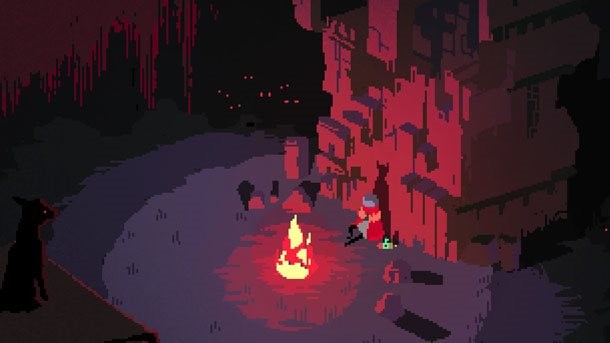
Hyper Light Drifter – Kyle Hilliard
Heart Machine’s throwback indie action game released in 2016 making it a pretty young potential entry compared to most games on our list, but it’s one I think deserved a spot. On my 2016 personal top 10 list it came in second losing the first place spot to Inside (which is rightfully on our list). The action is fast and challenging without being complicated, its art direction and music are both amazing, and its text-free story and world building create an intriguing universe that I have eagerly visited multiple times. As we move further away from the game’s release, I see more people finding Hyper Light Drifter and recognizing it as an indie great.
It didn’t make Game Informer’s top 300 games of all time list, though, and the arguments made against it were hard to counter. For everything it does so well, it’s undeniable that Hyper Light Drifter is not particularly innovative. It’s incredibly well done, but it’s a familiar experience if you’re a fan of old-school Zelda, or comparable pixelated action games. I enjoy the game’s challenge tremendously (and I am not a masochistic gamer, I assure you), but I also understand why others would be turned off by getting killed frequently in the game’s early hours. For those reasons, it wasn’t able to crack Game Informer’s 300, but on my personal list, I think it would probably crack the top 75.
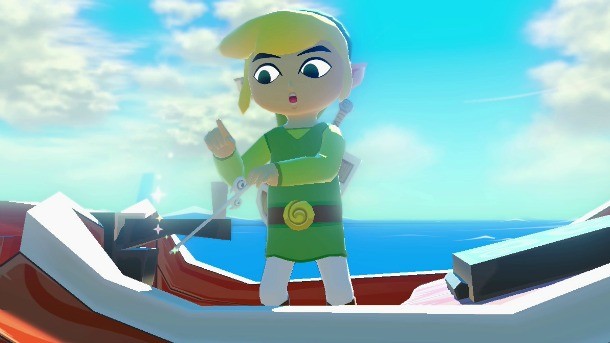
The Legend of Zelda: The Wind Waker – Brian Shea
I know we have six entries from The Legend of Zelda series on our top 300 list (and rightfully so), but Wind Waker’s exclusion is a sore spot for me. Prior to launch, the game was bashed for its cartoony visuals and abundance of water, but buried beneath the waves is a post-apocalyptic masterpiece with darker undertones than most other Zelda titles. Wind Waker’s worthiness goes well beyond the narrative and tone, as the evade-and-counter combat is among the series’ best and the islands are beyond delightful to explore. I love interacting with the colorful NPCs scattered throughout the world, and going back to it on Wii U today shows a visual style that has aged extraordinarily well in its transition to HD. Wind Waker also delivers my favorite iteration of Ganondorf to date.
Even with all those positives, I do understand the detractors. The sailing can be tedious, and I despise the Triforce quest. In addition, while I like some of the dungeons, others feel uninspired. I understand why some didn’t want it to make our top 300, but it’s definitely a game I wish we could have found a spot for.
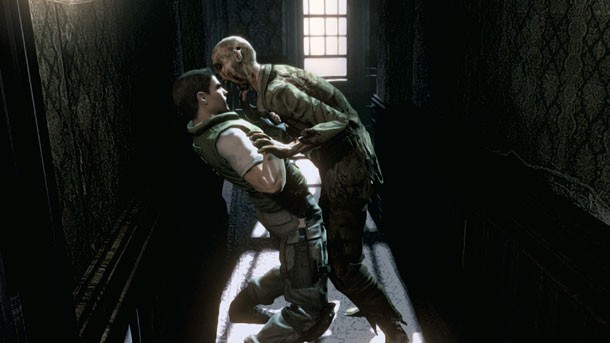
Resident Evil (2002) – Ben Reeves
The original Resident Evil earned its place in gaming history, and I’d never want to take that away, but when it comes to sheer horror and refined gameplay there are better survival horror games. In fact, I would argue that the best survival horror game ever released was also called Resident Evil. In 2002, Capcom remade its iconic trip through a zombie-filled mansion, but it outdid itself in nearly every way.
The GameCube version was scarier, the puzzles were more interesting, and its visuals hold up surprisingly well even a decade and a half later. Some people on staff argued that remakes shouldn’t be considered for the list, but Capcom put a whole game’s worth of new content into this release, adding new areas, enemies, and mechanics. It's too bad Capcom called this a remake; if the studio had called it something else maybe it would have gotten the respect it deserves.
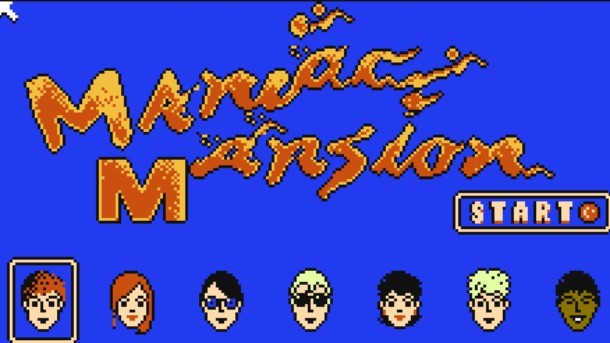
Maniac Mansion – Kimberley Wallace
While I'm glad Day of the Tentacle is on our list, Maniac Mansion marked my first exposure to the point-and-click adventure and it made me fall in love with the genre. It not only popularized the genre, but also set a new style for the adventure games by adding an interface that allowed you to interact with objects by selecting from a set of verbs. The game had its own quirky personality, from its B-horror influence to the crazy things you could do, like microwave hamsters.
It opened up my imagination for how to solve puzzles to get past Nurse Edna and Weird Ed, which also sent my heart aflutter from the tension of getting captured. While our list has plenty of great old-school adventure games, it pains me to not see a game with such historical significance on our list. Also, c'mon, how many people can say they helped a tentacle become a rock star, or turned one's writing into a literary masterpiece? It just didn't get any better than exploring that crazy house and unearthing its mysteries.
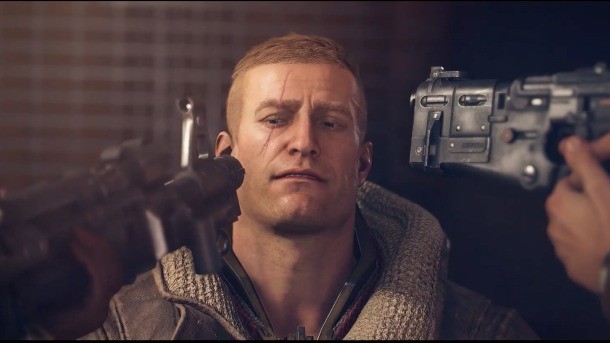
Wolfenstein II: The New Colossus – Javy Gwaltney
I think MachineGames' take on Wolfenstein is easily one of the best modern gaming series, and The New Colossus' combination of serious character study with zany, pulp antics makes it one of the most fascinating games of its time. That said, The New Colossus is a divisive title. I pushed for it during our meeting but my fellow editors were more frustrated with the gunplay (a lack of a grenade indicator, being a particular sore spot) than I had been. One colleague described The New Colossus as "a great game but not a great shooter."
Obviously I disagree with the sentiment and I'm curious to see if The New Order and The New Colossus are recognized for the truly great games they are in the years to come.

Gabriel Knight: Sins of the Fathers – Daniel Tack
One of the best point-and-click adventures of all time, Jane Jensen’s incredible mystery tale of sinister evils lurking in New Orleans is a gem often overlooked for more traditional adventure narratives like the King’s Quest series and the LucasArts roster. Those games are great of course, but Gabriel Knight offered mature storytelling in a smart package, dealing with heavy adult themes, without being edgy, and offering a compelling noir horror tale that feels completely believable.
Hunting for clues and inching closer and closer to the terrible secrets at the bottom of a supernatural tale was a landmark at the time and is still compelling today.
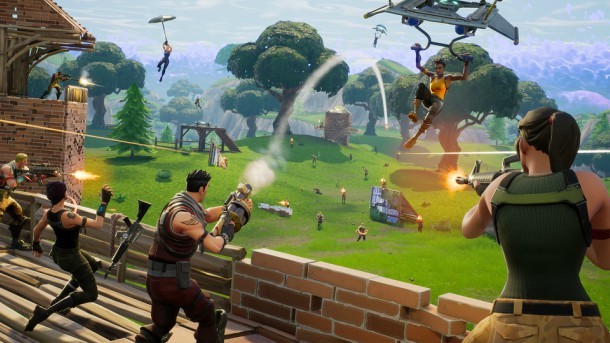
Fortnite – Andrew Reiner
I tried to get Fortnite on the list twice during our 300 meetings, but my pick wasn’t backed up by anyone else on staff, and the discussions didn’t last for long. My pitch for Fortnite praised the game’s building mechanics, and how they are sewn into the multiplayer to create a unique and wildly entertaining experience. I soon learned that some of Game Informer's editors weren’t particularly fond of Fortnite’s cooperative mode, and enjoyed PlayerUnknown’s Battlegrounds' Battle Royale mode more. While I disagree with the latter, these are fair criticisms to have. I tried to build up just how much fun this game can be, but I didn’t get the support to move Fortnite anywhere near a 300 spot.

Doom (2016) – Matt Bertz
Set aside the generic multiplayer and failed SnapMap mod replacement toolset for a moment. Taken purely as a single-player shooter campaign, id Software’s 2016 reboot of Doom will go down as one of the best of its era. Beautifully preserving the kineticism and brutality of the original Doom that made it an all-time classic, Nu Doom made players unlearn everything modern shooters had taught them up to that point. Never take cover. Don’t worry about reloads. When low on health or ammo, run directly toward your enemy and chainsaw them for a bounty of rewards.
This approach introduced a new generation of players to the rip-and-tear sensibilities of the most important shooter franchise in gaming history. The only mistake id made was investing solely in multiplayer for its extended content instead of giving us more bloodsoaked campaign levels.
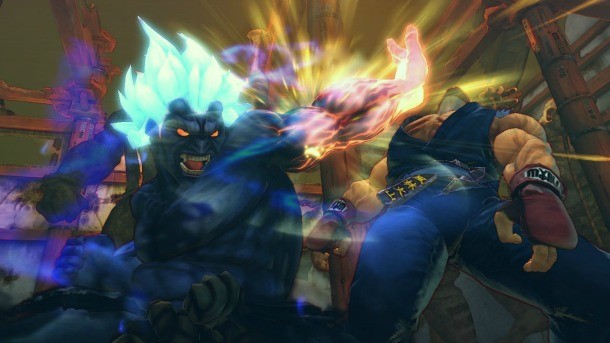
Street Fighter IV – Suriel Vazquez
While Street Fighter II is the most influential fighting game of all time, Street Fighter IV is a close second. Fighting games never died, but they weren't exactly thriving when Capcom released SF IV, causing a massive surge in popularity not only for Street Fighter, but in fighting games as whole, ushering in the current silver age we now live in. It was also the first landmark fighting game to make use of regular online patches and characters without the need to issue physical games (eventually, anyway), and is still one of the most balanced and fun fighting games ever made.
Perhaps the biggest reasons Street Fighter IV didn't make the list are the shadows cast by its predecessors. While I personally believe all three deserve spots on the list, it was hard to fight for Street Fighter IV alongside II and III, the former of which is more impactful and the latter of which I think is the pinnacle of the genre. I had to choose my battles carefully when introducing my fighting picks to the rest of the staff, but if I could add any game to our list as it stands, it'd be Street Fighter IV.
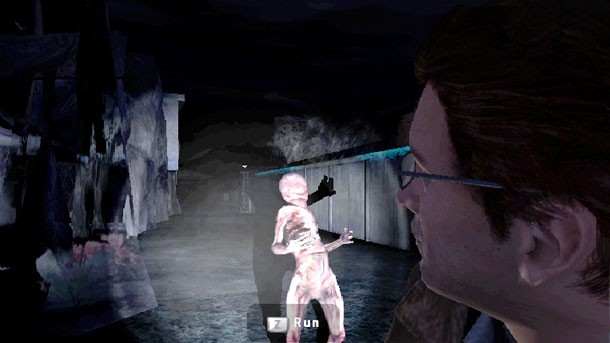
Silent Hill: Shattered Memories – Imran Khan
Silent Hill: Shattered Memories is a game I distinctly remember making fun of before it ever released, baffled by Konami’s insistence on a Silent Hill remake that differed so greatly from the game it was purported to remake. It all turned out to be a trick, as the released game was a hypothetical reimagining that both accepts what happens in the first Silent Hill title and turns it on its head. Shattered Memories was one of the first games that told a story in a way only video games can, using its own mechanics to subtly guide and be guided by the player rather than aping narrative tropes from movies and TV.
It is fitting that a misleading remake of Silent Hill ended up as the last great Silent Hill game, as its unique take on the psychological horror series represents a definitive end to the more cerebral aspects of the title’s history.
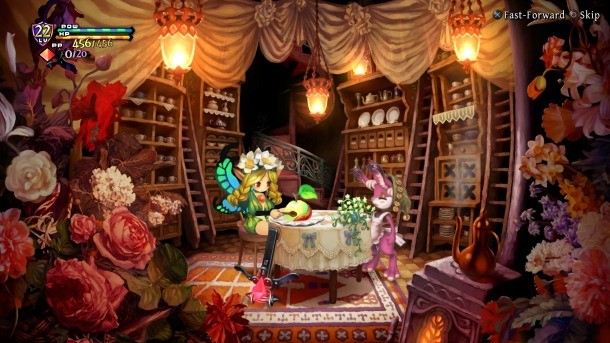
Odin Sphere: Leifthrasir – Joe Juba
Odin Sphere is a unique action/RPG that originally released in 2007. Despite a gorgeous art style and compelling narrative that chronicled the individual adventures of five playable characters, some technical and interface issues that made the experience tough to fully appreciate. Nearly a decade later, those issues were fixed with Leifthrasir, a game that skirts the line between remaster and remake. Though it still has all of the remarkable visuals and structure that defined the original, developer Vanillaware addressed the problems and rebuilt the combat and leveling systems. The result is a game that feels familiar, but with the added features and conveniences I wanted the first time around.
If Leifthrasir were the version that had come out in 2007, I think this game would have been a lock on our 300 list. However, the distance between the two releases puts Leifthrasir in the strange position; it carries some baggage with it, and 10 years of gaming evolution casts old faults in a new light. They don't keep me from enjoying the game, but maybe neither of Odin Sphere's incarnations clicked enough with the other editors to secure its (rightful) place on our top 300.

Get the Game Informer Print Edition!
Explore your favorite games in premium print format, delivered to your door.
- 10 issues per year
- Only $4.80 per issue
- Full digital magazine archive access
- Since 1991









